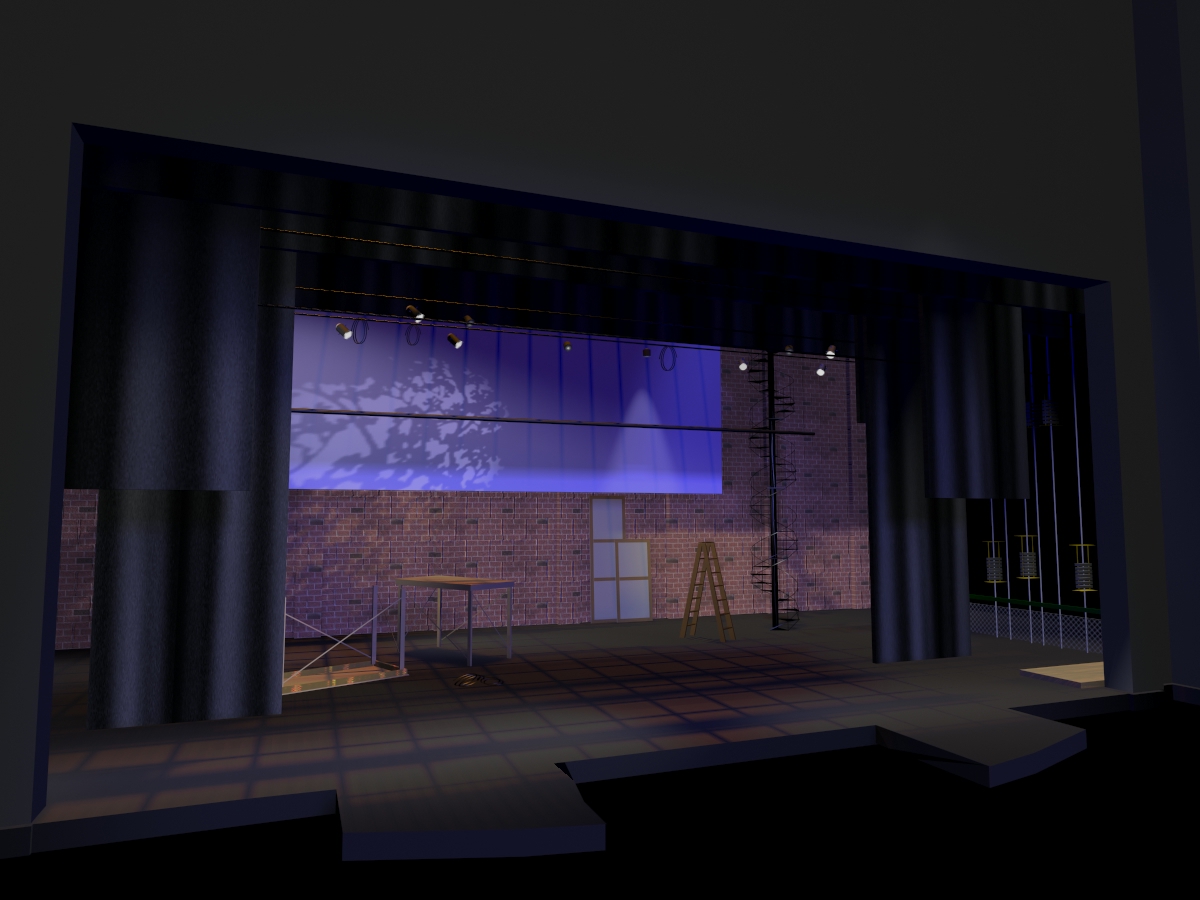There is a common conversation about casters that I hear in theatres.
TRANSCRIPT
“For that short scene, the one with that thing in it, let’s just put it on a wagon.””But I don’t want it to feel like a wagon, so make it as low as possible.””Use the smallest casters that we have.””Maybe even make the wagon extra thin so we can buy even smaller casters.””Hey , that wagon is squeaking and making a lot of noise. Does it need WD40?””Can we maybe pad the bottom of the wagon to make it quieter?””Maybe we need to buy some better casters. But please don’t make the wagon any taller!”
This conversation happens often, in many theatres. Casters might be noisy if they are cheap, or need oil. But there is a deeper issue. We started off this conversation with a bit of a false assumption. We assumed that large and small casters have no differences other than their size. Let’s take a look at a set of three different “wheels.” From left-to-right, these wheels are one-inch, two-inches, and three-inches wide. We’re going to need a little mark on the circumference of each of these. Now let’s put them all at one end of this board. We’ll roll the big one first. We’ll roll the big one first. It completes one complete revolution to go this distance. Now we’ll roll the medium-sized wheel. It revolves exactly twice in this distance. And now, the smallest. The smallest wheel here spins four times faster than the large one to go the same distance. This means four times the vibration and friction. Small casters have smaller ball-bearings and thinner metal parts everywhere. Smaller wheels are more affected by bumps on the floor like luan edges and cracks. Think of travel on a gravel road: Would you rather be on roller skates, or a bicycle? Bigger wheels deal with bumps better. Sometimes low casters are the best choice, but it’s important to understand everything that the size of a caster entails. Big casters force the wagons to be taller, but they also provide smoother, quieter transitions. When you need a wagon to not look like a wagon, the solution might not be small casters. Sometimes the better solution is to design the wagons to look like steps of some kind. Or a pile of luggage. Or a pile or rocks. Or a pier. Or a giant robot’s left shoe. Or sometimes, the wagons can be entirely behind the walls, and create the space you need on the downstage side.The important thing is to remember: Start with the problem, not with the solution.
To see many kinds of open-education resources, visit Matt Kizer Design at ScenicandLighting.com.
Music for this video: Bass Walker by Kevin MacLeod (incompetech.com) Licensed under Creative Commons: By Attribution 3.0 License http://creativecommons.org/licenses/by/3.0/
This video was created for
Matt Kizer Design LLC.
© 2019 Matt Kizer. All rights reserved.
